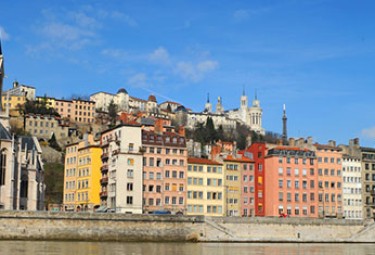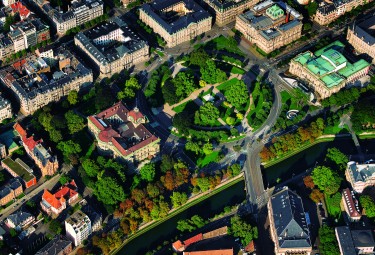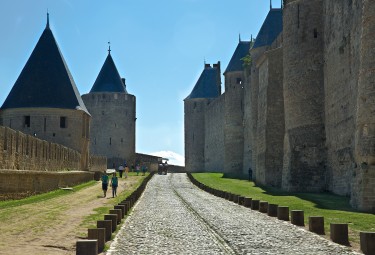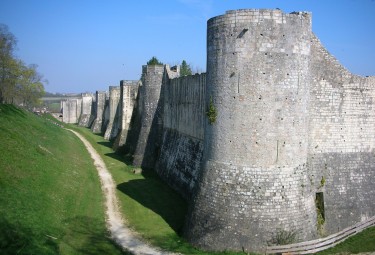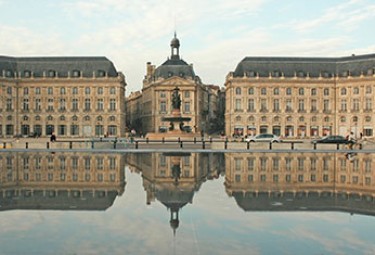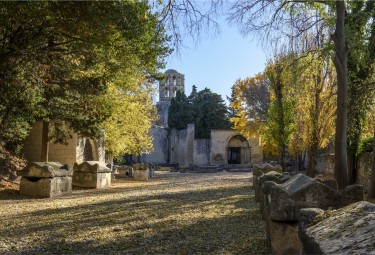Paris, banks of the Seine
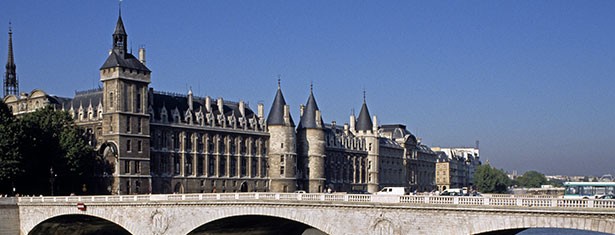
Summary
Following the Seine from the Louvre to the Eiffel Tower, and from the Place de la Concorde to the Grand Palais and the Petit Palais, it is possible to see the history of Paris unfold. A large number of the main monuments of the French capital were built along the river, or at its vantage points. The spires of the Cathedral of Notre-Dame and the Sainte-Chapelle, which are masterpieces of mediaeval architecture, are reflected in the river. The great buildings of French classicism – the Louvre, the Invalides, the Military School and the Mint – are also linked to the river, as are the edifices built for the 19th and 20th-century Universal Exhibitions, notably the Eiffel Tower, icon of metal architecture in Paris and the world. The large squares and boulevards constructed by Haussmann during the reign of Napoleon III have influenced urban design worldwide.
Criteria
Criterion (i): The banks of the Seine are studded with a succession of masterpieces, notably Notre-Dame and the Sainte-Chapelle, the Louvre, the Palais de l’Institut (formerly the Collège des Quatre-Nations), Les Invalides, the Place de la Concorde, the Ecole Militaire, La Monnaie, the Grand Palais of the Champs-Elysées, and the Eiffel Tower. Linked by one of the most majestic river landscapes of the world, these buildings provide a perfect illustration of architectural and decorative styles covering a period of nearly eight centuries.
Criterion (ii): Some edifices on the banks of the Seine, such as Notre-Dame and the Sainte-Chapelle, were important references in the spread of Gothic architecture, while the Place de la Concorde and the lay-out and view of Les Invalides have influenced the urban development of many modern-day European capitals. Haussmann’s urban plan in the west of the city inspired the construction of large cities in the New World, particularly in Latin America. Finally, the Eiffel Tower, the Grand and the Petit Palais and the Palais de Chaillot are remarkable witnesses of the great universal exhibitions which were of such importance in the spread of technological progress in the 19th and 20th centuries.
Criterion (iv): The Marais and the Île Saint-Louis offer harmonious architectural and urban ensembles, with very significant examples of 17th and 18th-century Paris architecture (for example, the Hôtel Lauzun and Hôtel Lambert in the Île Sant-Louis), quai Malaquais and quai Voltaire.
- Année d'inscription : 1991
- Critères d'inscription : i, ii, iv
- Superficie du bien inscrit : 365 ha
- Localisation : Department and Region of Ile de France
- Coordonnées DMS : N48 51 30 E2 17 39
- Registration year : 1991
- Registration criterion : i, ii, iv
- Area of the inscribed : 365 ha
- Location : Department and Region of Ile de France
- Coordinates DMS : N48 51 30 E2 17 39

